Physical Conditioning For Scale Prevention During Desalination By Reverse Osmosis
Physical Conditioning For Scale Prevention During Desalination by Reverse Osmosis
Credit to: https://www.chalmers.se/
Author: Nanyu Yang
Abstract
Desalination by reverse osmosis (RO) is the favoured method for potable water production from seawater. However, the membranes are subject to fouling by scaling species, principally calcium carbonate, which reduce the operating flux. Traditionally this scale has been controlled by the addition of chemicals to the system which are effective but add to the chemical load in the waste stream and so having a detrimental impact on the environment. Candidate non-chemical methods for enhancing desalination by reverse osmosis choose the application of external magnetic or electromagnetic fields (Baker and Judd, 1996; Baker et al., 1997; Lipus, 2001). These so-called physical conditioning methods are highly contentious, and have never been satisfactorily proven. It has also been suggested that these methods can be enhanced by using a “distribution plate”, which is claimed to work by inducing cavitations. This is the basis of the Grahamtek system (Grahamtek et al. 1997), and it is this system that formed the basis of the study. The objective of the study was to assess the impact of the two conditioning methods, based on a flow distribution plate coupled with electromagnetic scale mitigation, during desalination by RO primarily with respect to membrane permeability. Three different feed waters, deionized water, salt water and hardened saline water, have been investigated and the impacts studied included both desalination performance, based on membrane permeability, and retentate water quality. In addition, various side experiments were conducted, and these included a “rapid scaling test”, developed in-house to study calcium carbonate precipitation. No impact of conditioning on either deionized or saline water was evident on the application of both physical conditioning and the distribution plate, either synergistically or in isolation. Some data from the side experiments indicated possible impacts of physical conditioning on scaling of hardened saline water. These included crystal shape and size of the calcium carbonate, retentate pH and conductivity, particle zeta potential and the rapid scaling test transient. However, the limited number of measurements performed meant that these changes could not be regarded as statistically significant and performance of the RO process itself was unaltered by physical conditioning. Key words: scale, reverse osmosis, calcium carbonate, desalination, physical conditioning, permeability, distribution plate
Only logged in customers who have purchased this product may leave a review.


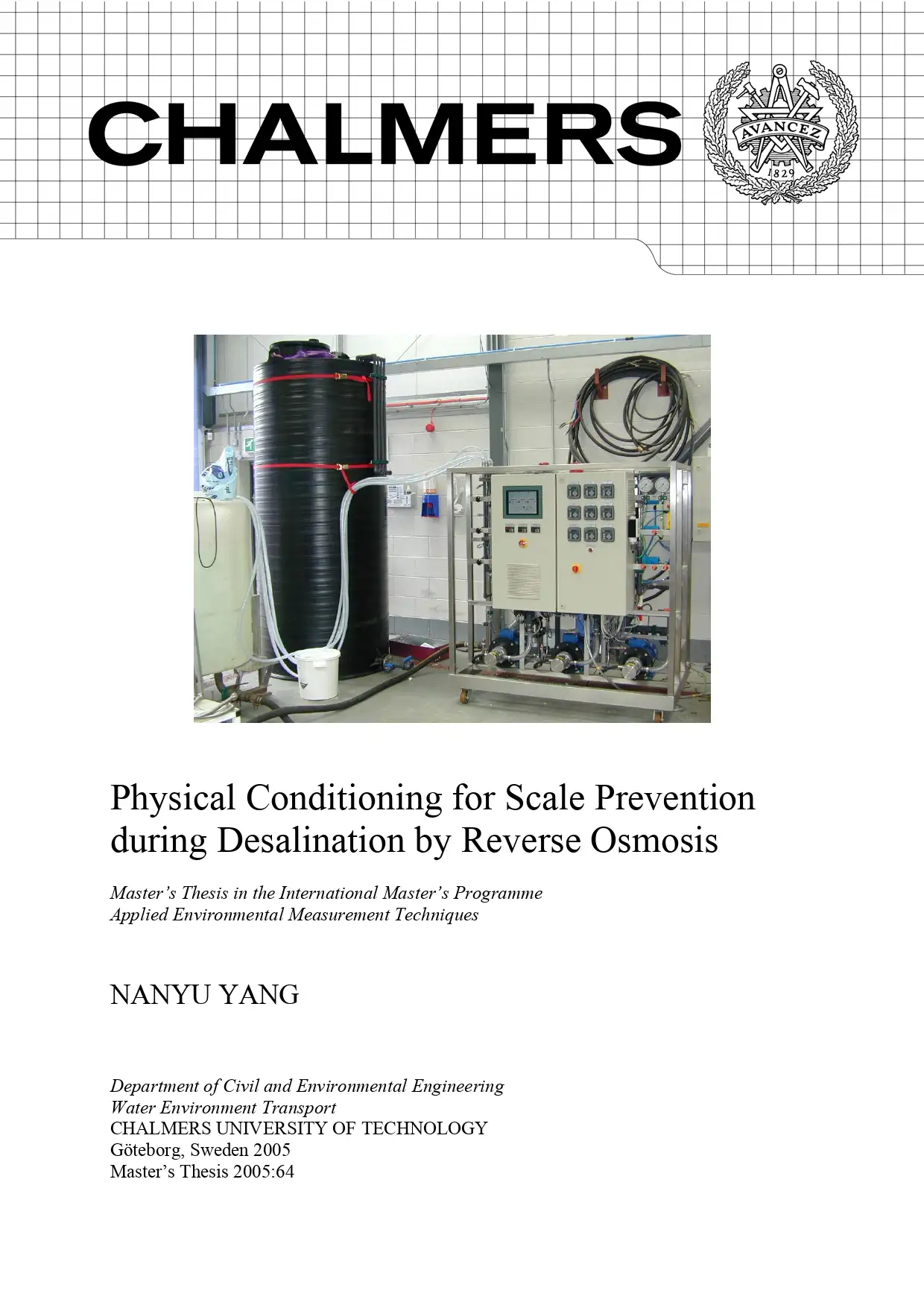

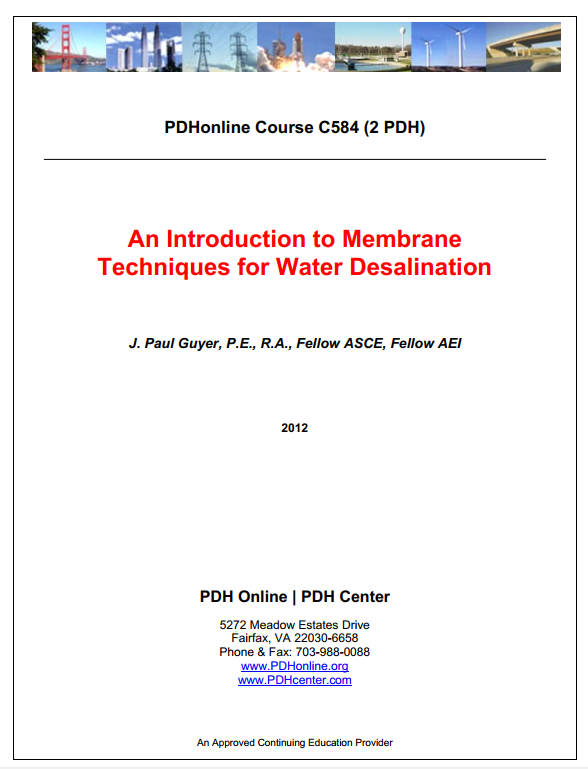
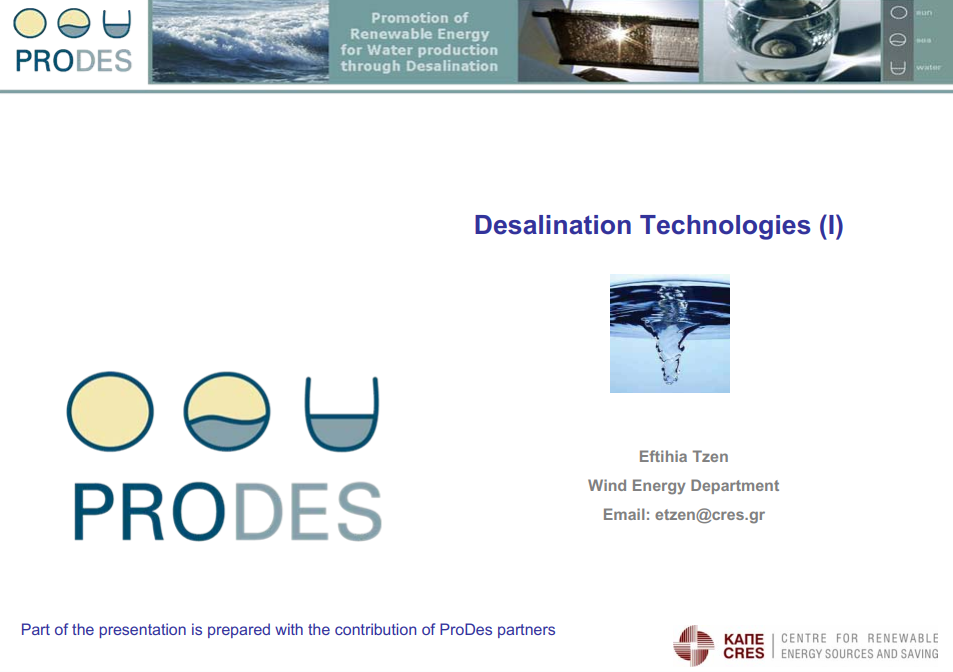

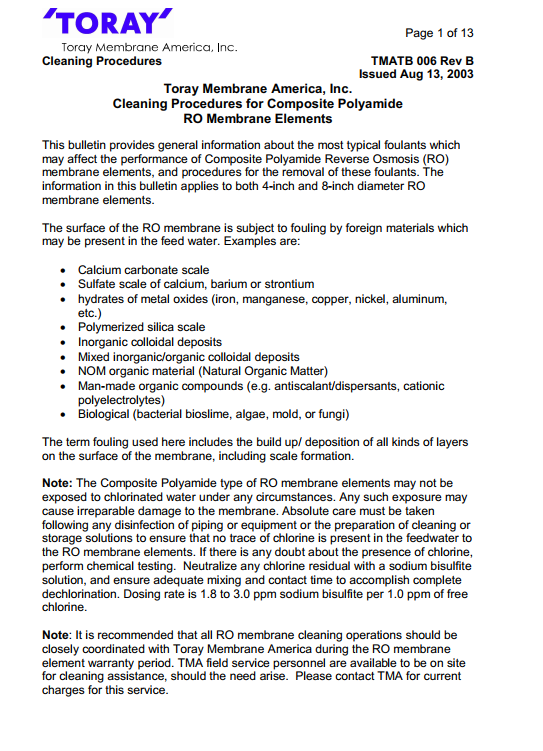




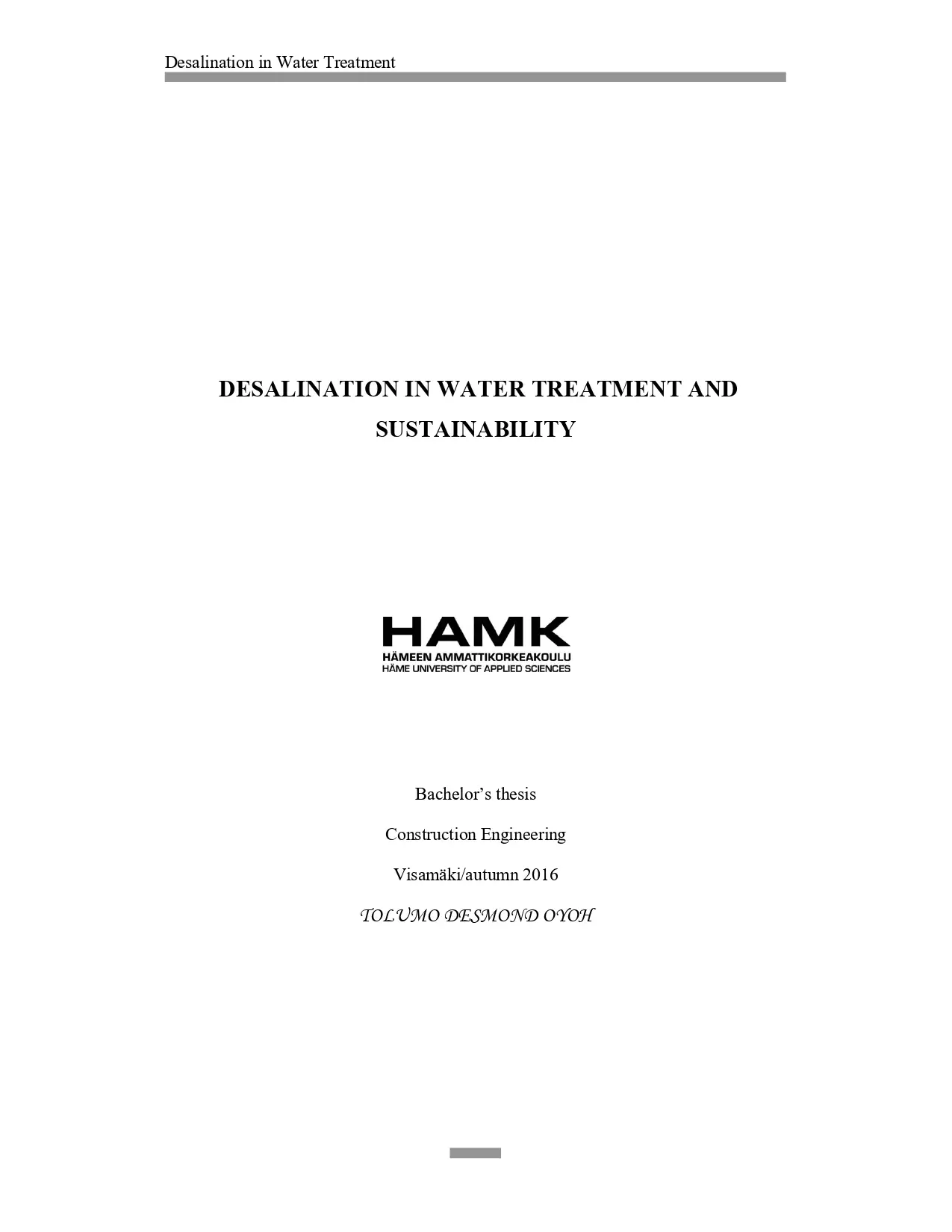
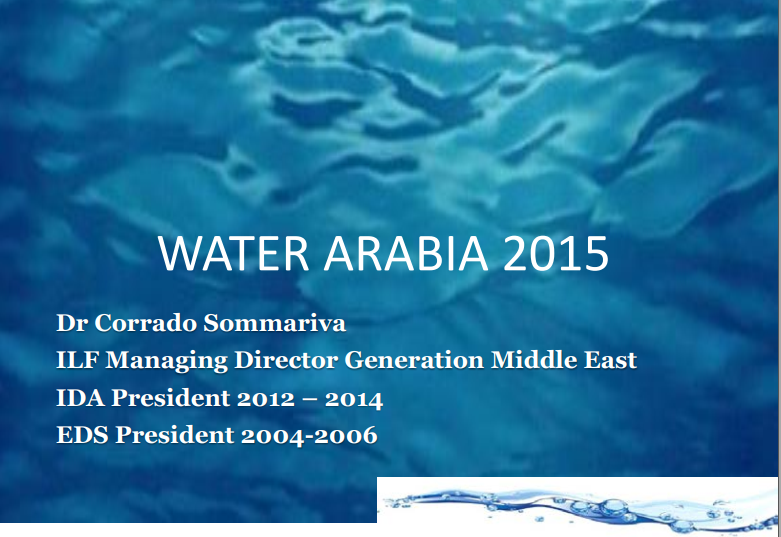
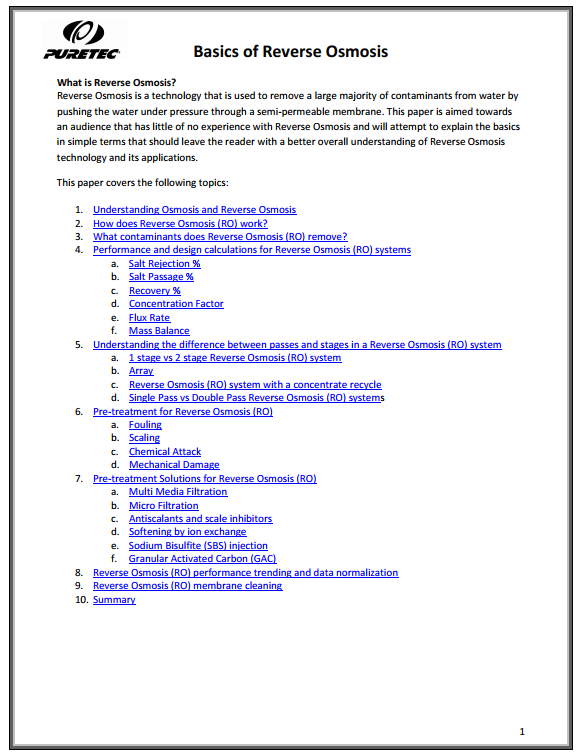
Reviews
There are no reviews yet.